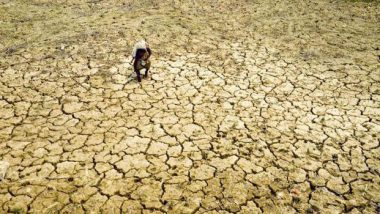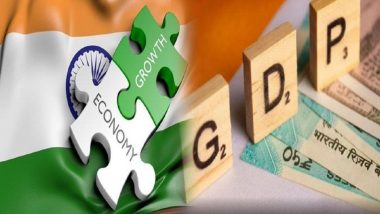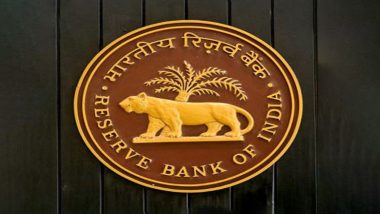New Delhi, June 29: Driven by climate change, the changing monsoon rainfall patterns and rising temperatures could cost India 2.8% of gross domestic product (GDP). According to a new report by World Bank, the changing weather patterns would depress living standards of nearly India’s population by 2050 as the annual temperatures are expected to rise by 1-2 per cent over three decades.
Without an urgent action into the rising issue, the impact of climate change could push an additional 100 million people into poverty by 2030. In a country like India, where over 75% of the population is dependent on agriculture, falling yields from climate change would lead to a decline in living standards for agriculture-dependent households. The report also highlights that seven out of the top 10 most-affected hotspot districts would belong to the Vidarbha region of Maharashtra.
The World Bank report titled 'South Asia's Hotspots: The Impact of Temperature and Precipitation Changes on Living Standards' states that if no measures are taken, average temperatures in India are predicted to increase by 1.5-3 degrees. "Rising temperatures and changing monsoon rainfall patterns from climate change could cost India 2.8 per cent of GDP and depress the living standards of nearly half the country's population by 2050," the report said.
Identifying states in the central, northern and north-western parts as most vulnerable to changes in average temperature and precipitation, the report said that in India, around 600 million people live in locations that could either become moderate to severe hotspots by 2050 under a business-as-usual scenario, where the living standards would be most affected,” the report stated. “States in the central, northern and north-western parts of India emerge as most vulnerable to changes in average temperature and precipitation”, the report added.
According to the World Bank report, low-income states like Chhattisgarh and Madhya Pradesh, which are also home to large tribal populations, are predicted to be the top two climate hotspots by 2050 that are likely to experience a decline of over 9% in their living standards. Chhattisgarh is followed by Rajasthan, Uttar Pradesh, and Maharashtra while cities like Kolkata and Mumbai face a substantial risk of flood-related damage over the next century.
(The above story first appeared on LatestLY on Jun 29, 2018 10:09 AM IST. For more news and updates on politics, world, sports, entertainment and lifestyle, log on to our website latestly.com).













 Quickly
Quickly





















